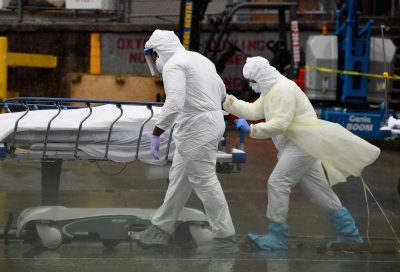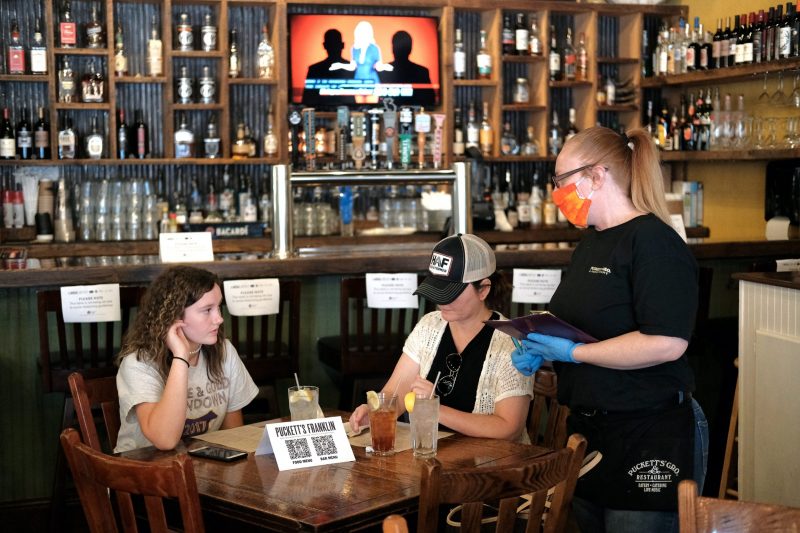
The coronavirus has killed more than 100,000 Americans in just over 4 months
by Aylin Woodward- More than 100,000 Americans have died from the new coronavirus.
- The first known US death from COVID-19 came on February 6 in California.
- According to experts, 83% of the US deaths could have been avoided if the country had locked down on March 1 because social distancing has an exponential effect on reducing the coronavirus death toll.
- Visit Business Insider’s homepage for more stories.
More than 100,000 Americans have died from the new coronavirus. That’s nearly one-third of the worldwide total.
The horrific milestone came just over four months after the US’s first case was confirmed and two months after most states went into lockdown. Robert Redfield, the director of the Centers for Disease Control and Prevention, predicted on May 15 that the US would hit the 100,000-death mark on June 1.
But it happened five days before that.
The 100,000-death mark, according to remarks from President Donald Trump on May 4, was once the worst-case scenario for the US. Now experts expect to see future waves of coronavirus infections bring more deaths.
A majority of the deaths could have been avoided with earlier lockdowns
The US’s first coronavirus case was reported on January 20 in Washington state. The first known US death from COVID-19 came on February 6 in California. Nearly one-quarter of US deaths have been reported in New York state. That state, along with many others, went into lockdown in mid-March after the Trump administration released social-distancing guidelines.
In hindsight, that was too late. Researchers at Columbia University estimated that if the entire US had started sheltering in place by March 1 – just two weeks sooner – 83% of the country’s coronavirus deaths could have been avoided.
Epidemiologists Britta Jewell and Nicholas Jewell wrote in a New York Times article that the impact of earlier lockdowns could have been even more pronounced: They estimated that 90% of coronavirus deaths in the US could have been avoided if social distancing began March 2.
“Whatever the final death toll is in the United States, the cost of waiting will be enormous, a tragic consequence of the exponential spread of the virus early in the epidemic,” the two wrote.
The pandemic is far from over

According to data from the CDC, models indicate “an increase in deaths in the coming weeks.”
In an NBC interview on May 11, Dr. Anthony Fauci, the US’s top infectious-disease expert, said the virus “is so transmissible, and it is so widespread throughout the world, that even if our infections get well controlled and go down dramatically during the summer, there is virtually no chance it will be eradicated.”
A group of experts from the Center for Infectious Disease Research and Policy have outlined three scenarios for what future waves of coronavirus infections will look like during the next 18 to 24 months. The worst involves a larger second wave of infections in the fall and winter. The researchers suggested this was the most likely outcome and said states should start preparing for it.